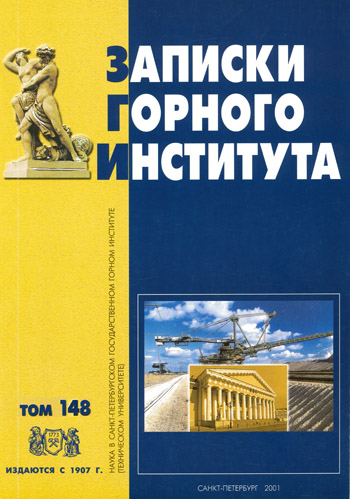Method for calculation of additional rock fracture at the quasi-static stage of blasting action
- 1 — Saint Petersburg Mining University
- 2 — Saint Petersburg Mining University
- 3 — Saint Petersburg Mining University
- 4 — Saint Petersburg Mining University
Abstract
To calculate the parameters of drilling and blasting operations for explosive destruction of rocks, empirical dependences or relations based only on the action of stress waves are used. It is known, however, that at the quasi-static stage of the explosion there is additional destruction of rocks. It is manifested both in the secondary crushing of pieces in the fracture zone and in the increase in the size of this zone. Qualitatively, these effects are known and used, in particular, in the creation of various types of faces in the mouths of boreholes and wells, increasing the duration of the quasi-static stage of the explosion. However, the physical and mechanical processes of additional fracture at the quasi-static stage of the explosion have been studied much less than at the wave stage.
